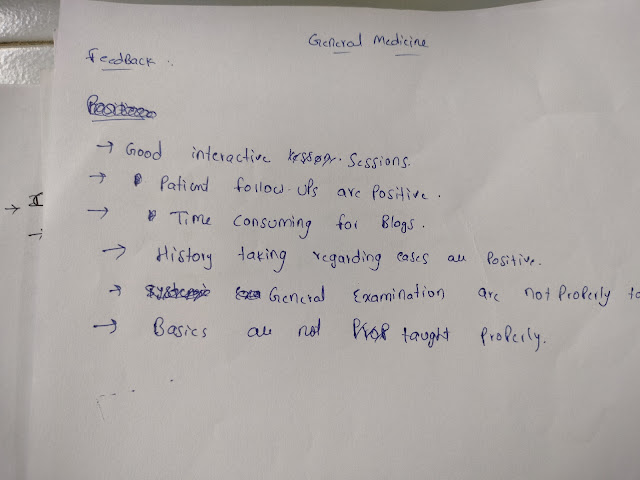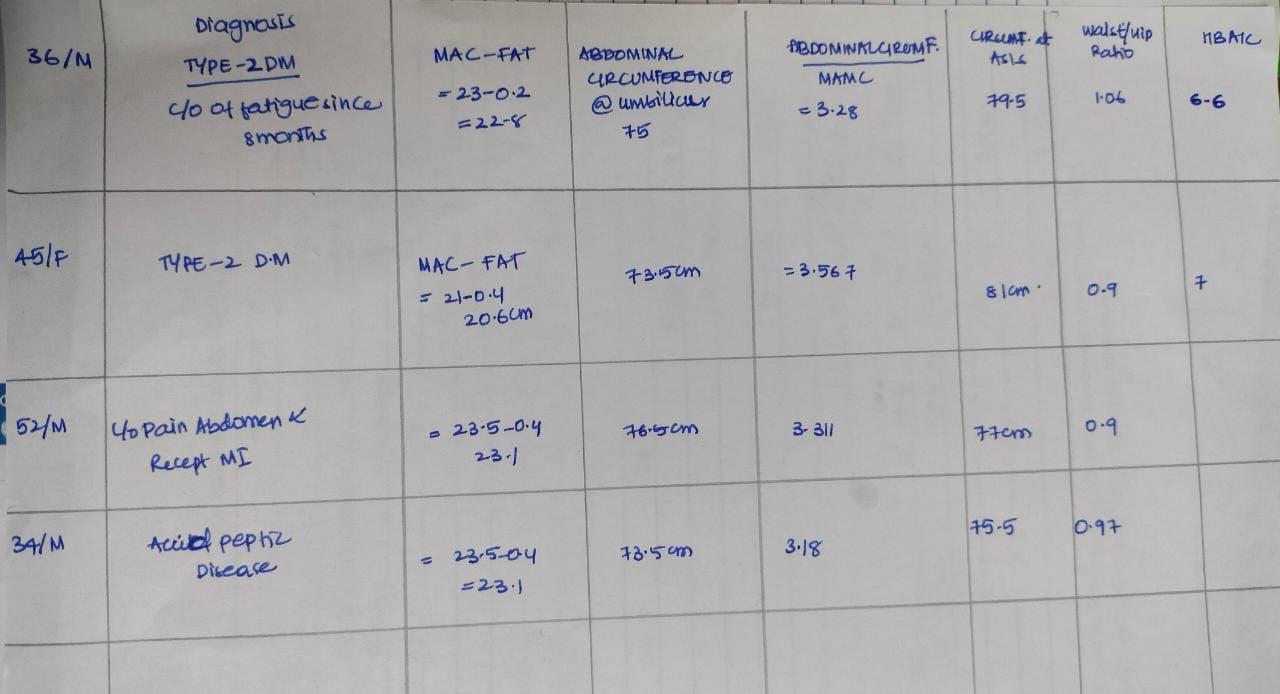CARDIOLOGY 3f
What is the evolution of the symptomatology in this patient in terms of an event timeline and where is the anatomical localization for the problem and what is the primary etiology of the patient's problem?
Ans: Facial puffiness ( since 2 to 3 yrs)
Sob grade 2( 1yr ago)
Sob grade 2( 2days back again)
Sob grade 4
Decreased urine output ( since 2 days)
Anuria (since morning)
2. What are mechanism of action, indication and efficacy over placebo of each of the pharmacological and non pharmacological interventions used for this patient?
Ans: Dobutamine MOA: acts on beta 1 receptor
Beta1 ionotropic effect → increases heart contractility → increases cardiac output
Indications are cardiogenic shock , Reversible heart failure
Digoxin MOA: Digoxin has two principal mechanisms of action which are selectively employed depending on the indication: Positive Ionotropic: It increases the force of contraction of the heart by reversibly inhibiting the activity of the myocardial Na-K ATPase pump, an enzyme that controls the movement of ions into the heart.
Indications are Atrial fibrillation ,atrial flutter,
Heart failure,Abortion
3.What is the pathogenesis of renal involvement due to heart failure (cardio renal syndrome)? Which type of cardio renal syndrome is this patient?
Ans: Pathogenesis of cardiorenal syndrome is described below in the picture:
Stage 3 cardio renal syndrome is seen in this patient
4. What are the risk factors for atherosclerosis in this patient?
Ans: Hypertension is the risk factor for atherosclerosis in this patient.
5. Why was the patient asked to get those APTT, INR tests for review?
And: Because of Thrombosis and to check on development of thrombosis, this patient is asked to get APTT,INR tests for review.



Comments
Post a Comment